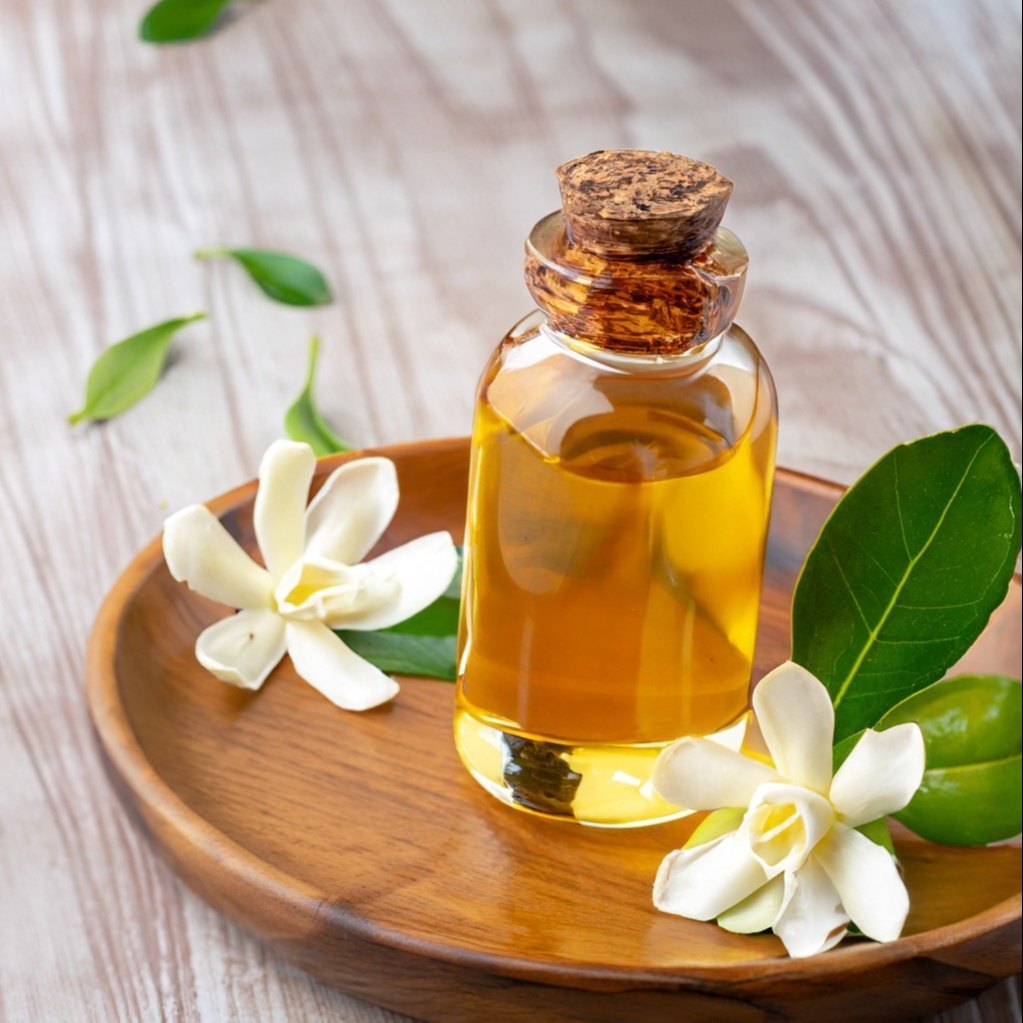
Neroli essential oil (EO), extracted from bitter orange blossoms, is one of the most expensive natural products on the market due to its poor yield and its use in fragrance compositions, such as cologne. at least one metric ton of fresh orange blossoms is required to produce only one kilogram of pure EO. Adulteration is a common problem in the EO industry, especially with expensive EOs such as neroli. These adulterations are generally carried out to meet standard requirements, increase artificial EO quantities, or develop economic strategies. Orange blossom harvesting requires caution, and the production quality is a function of the weather and temperature conditions throughout the year. Currently, this EO (C. aurantium ssp. amara var. pumilla) is mainly produced in Morocco, Iran,Tunisia, and Egypt but also in Spain, and Lebanon. The EO of another variety (C. aurantium L ssp amara var. daidai) is produced in China.
is mainly used in applications, such as: aromatherapy, perfume industries, cosmetics and food flavouring.
Neroli EO is nowadays an iconic product in the fragrance industry, due to its olfactive profile (Floral, orange blossom, green, methyl-like, and honeyed) in demand in the perfume industry. Previous pharmacological studies have reported neurotonic properties and antimicrobial, antioxidant, anticonvulsant, analgesic and anti-inflammatory activities or this EO. Neroli EO is generally considered as safe (GRAS) for internal consumption by the U.S. Food and Drug Administration. Neroli EO possess a wide range of biological activities, including antioxidant and antimicrobial activities. In particular, it can exhibit pronounced food preservative properties.
steam distillation
limonene, linalyl acetate, β-pinene are the major bioactive compounds